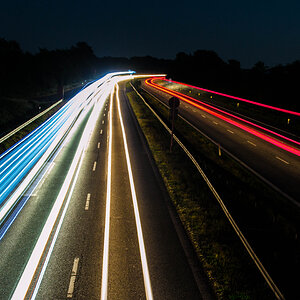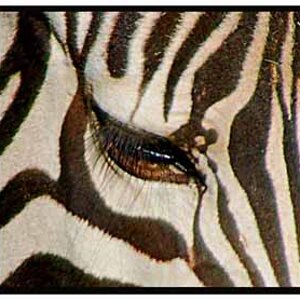Hi all. I certainly am a newbie but I really want to do this right.
I am shooting some live acoustic guitar/vocals videos whilst recording the audio through Pro Tools in my small studio room. There will be two separate cameras, one might be human operated at times with one static, or more commonly both with be static on tripods.
The goal is to always have one that can show my whole body in the shot from a maximum 2.5m away (approx 8 feet) as the room is quite small, with the other camera to do either headshots/guitar close-ups.
I’ve been reading that a fixed 50mm lens is perfect for this application, but a 50mm on both cameras? This is where I need help…
I am thinking of buying a Canon 700d second-hand from my friend, but not sure if I even need something this good for this application.
1. What 2 lenses would you guys use if budget was not an issue?
2. What do you suggest as the lowest/cheapest camera model to get an awesome pro looking result? (I realize lighting could make or break the quality and will seek help with this elsewhere
Thanks!
I am shooting some live acoustic guitar/vocals videos whilst recording the audio through Pro Tools in my small studio room. There will be two separate cameras, one might be human operated at times with one static, or more commonly both with be static on tripods.
The goal is to always have one that can show my whole body in the shot from a maximum 2.5m away (approx 8 feet) as the room is quite small, with the other camera to do either headshots/guitar close-ups.
I’ve been reading that a fixed 50mm lens is perfect for this application, but a 50mm on both cameras? This is where I need help…
I am thinking of buying a Canon 700d second-hand from my friend, but not sure if I even need something this good for this application.
1. What 2 lenses would you guys use if budget was not an issue?
2. What do you suggest as the lowest/cheapest camera model to get an awesome pro looking result? (I realize lighting could make or break the quality and will seek help with this elsewhere
Thanks!




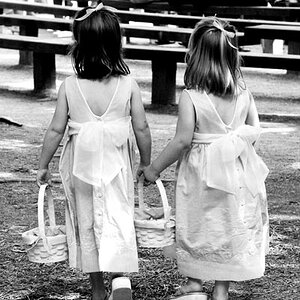

![[No title]](/data/xfmg/thumbnail/32/32630-d78de94d84be2acf57d5e0923482b4da.jpg?1619735552)
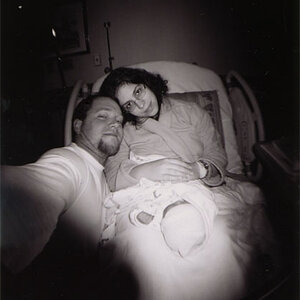

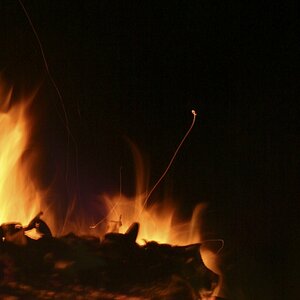
![[No title]](/data/xfmg/thumbnail/34/34073-71bff52a53b8313ff2bcccab6b05f9b8.jpg?1619736266)
